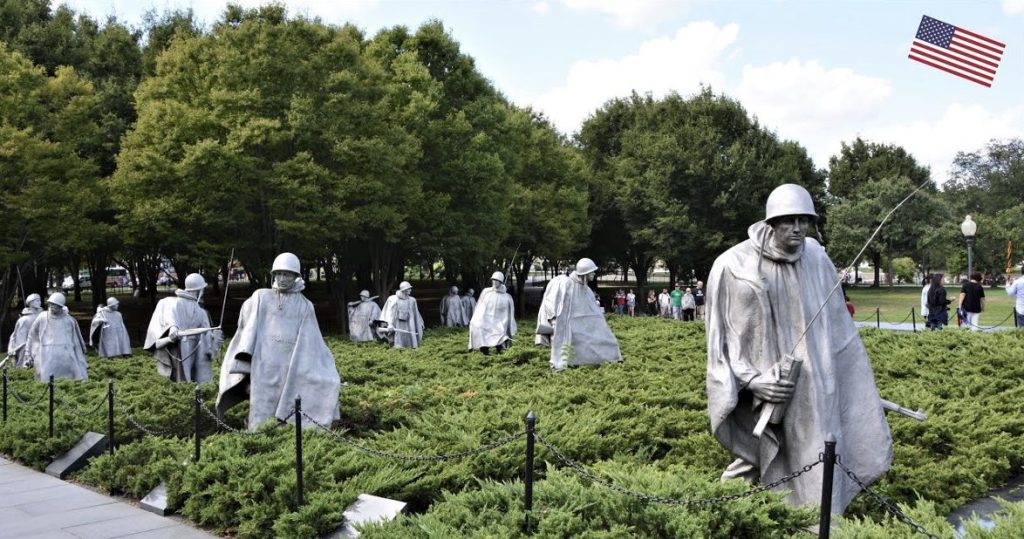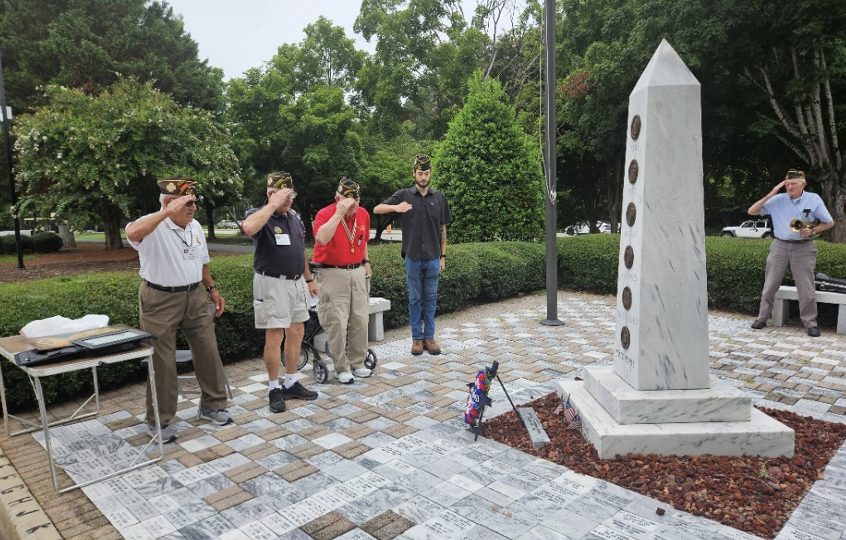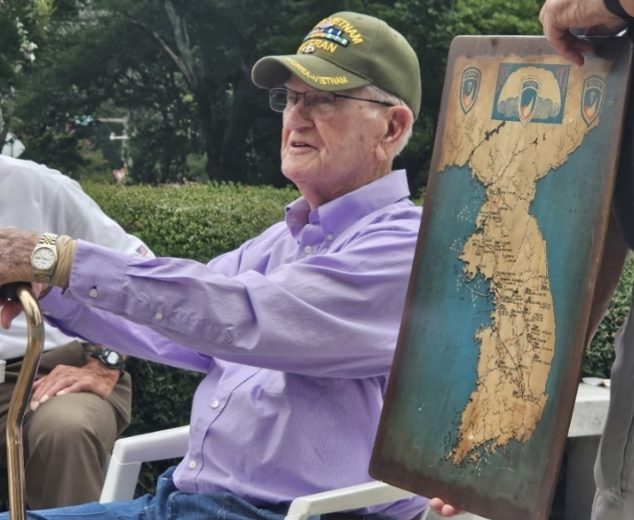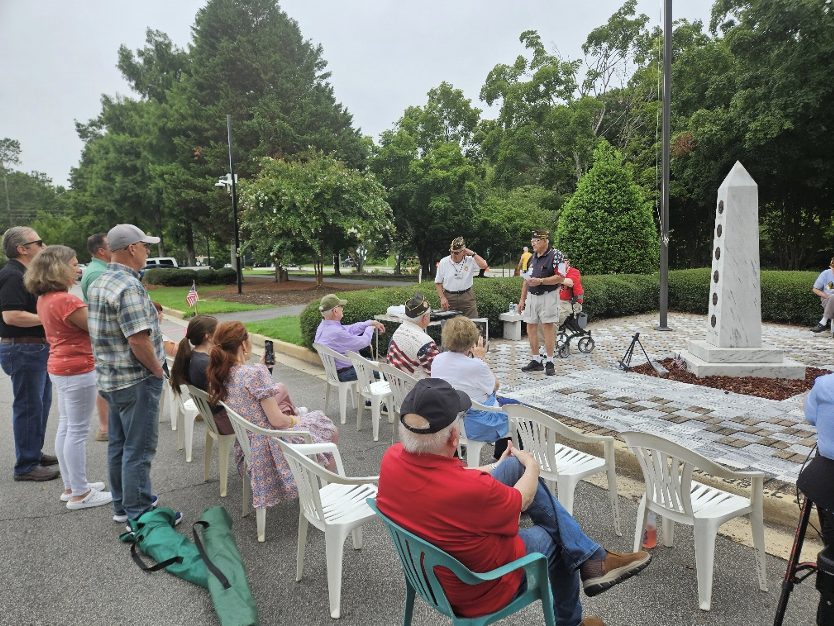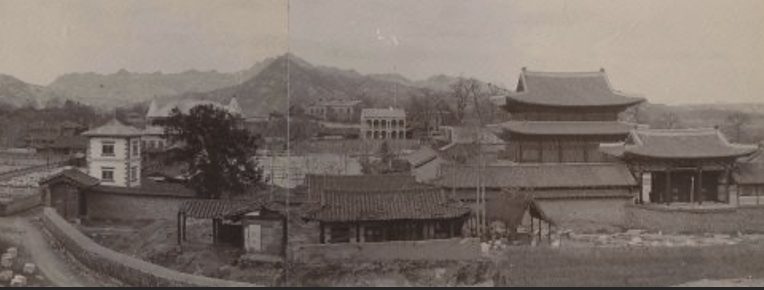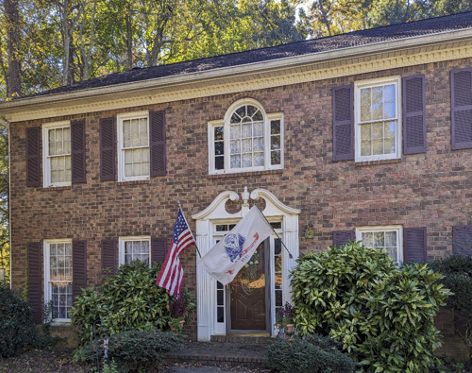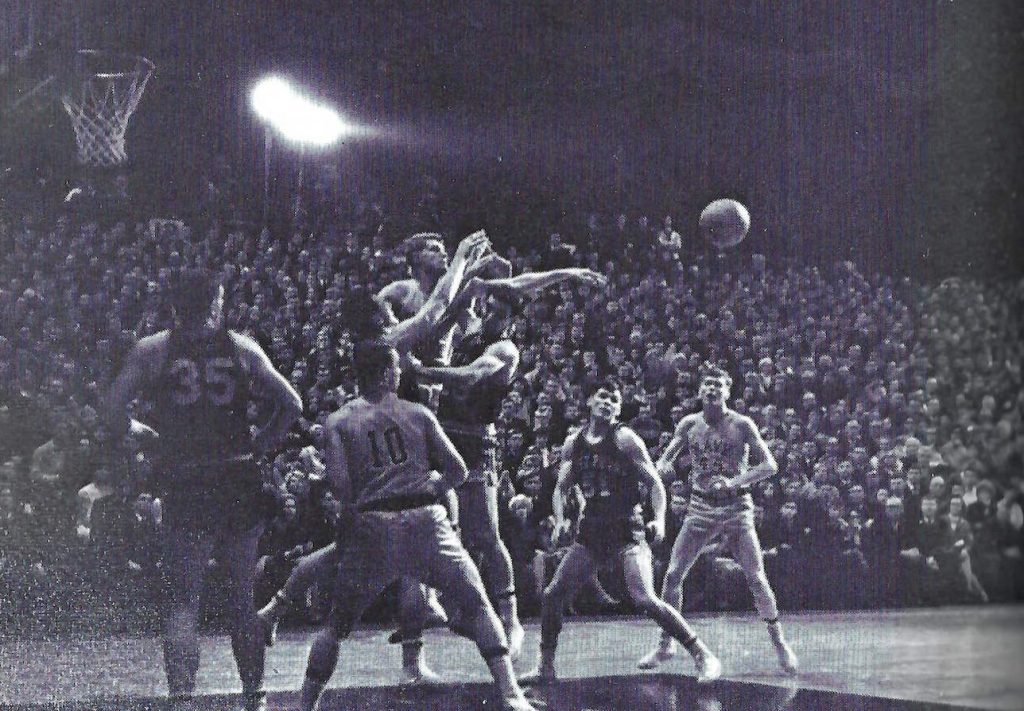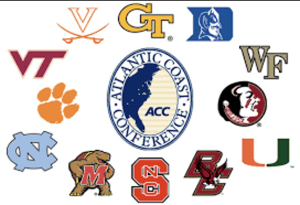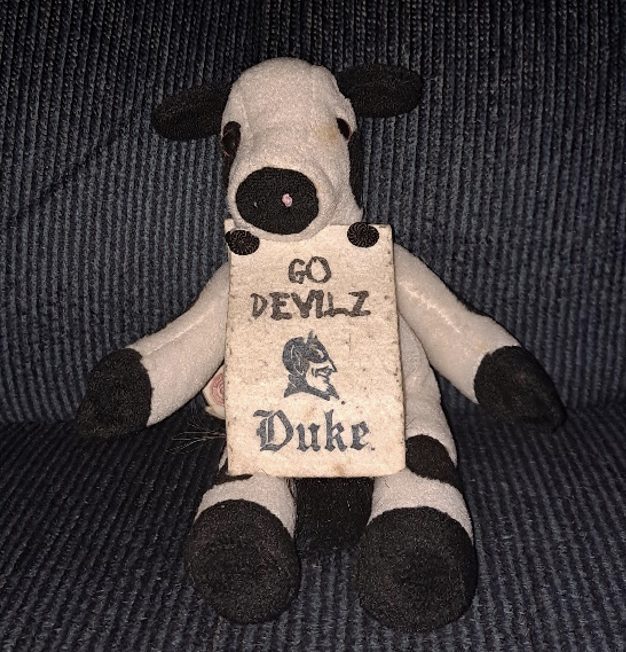
We know and hold in high esteem, the early leaders of the U.S. Army who fought so valiantly for our freedom. George Washington, Nathanael Green, Henry Knox, Ethan Allen. We have been taught about heroes of later years: Andrew Jackson, Winfield Scott in the War of 1812; Zachary Taylor in the Mexican War, dozens of heroes of the Civil War; Walter Reed and Leonard Wood of the Spanish-American War; in WWI, John J. Pershing, Edwin Hubble; Dwight Eisenhower, Audie Murphy and many more who served in WWII; Douglas MacArthur in Korea, Creighton Abrams among many others in the Vietnam War, Norman Schwartzkopf in the Iraq War and many heroes from the years in Afghanistan. I would like to make my tribute to those millions of soldiers who served under/with our famous heroes – the ones we don’t know by name. They were heroes – all – because they were willing to give their lives to protect us and our way of life. Many were our fathers, husbands, sons, brothers, sisters. Along with the hundreds of thousands of nameless patriots, we should remember all of the families that supported, encouraged and waited for their own personal hero. Sometimes, it was hard, but hard builds character and those who have been associated with our Army, its leaders and its values (https://thedaysforward.com/framing-the-army-of-the-future-1995/ ) have contributed to our country during their service to our country and for most in their lives after serving. Their strong and patriotic essence is the backbone of our land, for they continue to make their communities better because of their love of country and for the values that they internalized and are passing on to the next generation. Having been associated with these folks for many years has been the most unique and enriching experience and I salute you all!

